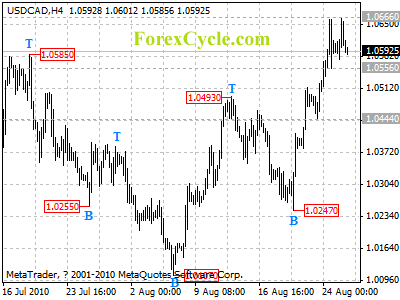By Greg Holden – I’m going to make a prediction here, then explain why I assume this. My prediction is this: Platinum prices are currently testing the lower boundary of a flat channel and, due to a number of factors which will be explained, the price is forecast to climb higher, with target prices at $1,565 and $1,600. However, upon reaching these price targets, we may expect a sharp decline in price, below the lower border of the flat channel.
Here’s why I make this forecast. First, as stated, the price is trading within a flat range with clear highs and lows, drawn in red lines on the chart (see below). It’s clear to see that the price is also moving upward at the moment, which supports this notion.
Second, the Fibonacci lines drawn on the chart demonstrate that the 23.6% support line (near $1,520 an ounce) has proven difficult for the price to breach. This level appears to represent one of the strongest psychological support lines for this commodity, and seems to highlight the fact that this commodity’s minimum accepted price by investors is around $1,500. For a variety of reasons, traders simply won’t allow the price to fall below that price.
Third, both of our oscillators – the RSI and Stochastic (slow) – agree with an upward movement. When the price fell towards $1,500, the RSI entered the over-sold territory and is now mirroring the price’s movements upward; which also suggests that momentum is building in an upward direction. The Stochastic (slow) has also recently touched the over-sold region and crossed the averages, representing a bullish cross. All of this together supports the idea of an upward move towards $1,565 an ounce, or possibly higher.
Platinum – Daily Chart
But don’t forget that I also said there is an expected sharp drop following the success of reaching this higher target. This is where I want to draw your attention to the long, sharp drop in price which occurred in May. We can call this sharp drop a flagpole, since it appears to have created the conditions for a flag formation.
Flags are precisely what you see above: a flat channel following a sharp movement. Channels are usually confirmed when three tops/bottoms have successfully formed. This verifies the trend. We can see above that we have two tops/bottoms, so we should expect to see one more, which indeed appears to be forming right now. Once the flag formation/channel has been confirmed, 9 times out of 10 we would then see the flag come to an end and the previous direction (i.e. the direction of the flagpole) continue. So, if I’m right, the price should climb towards $1,565, and perhaps even $1,600, after which the price may drop sharply, roughly the same size as the previous flagpole (meaning a price around $1,300).
So that concludes the analysis on Platinum, but before I end I want to provide a parallel with the EUR/USD. As I’m sure we’re all aware, commodities are priced in USD. This means that the EUR/USD typically provides similar movements to commodity prices.
Here is the EUR/USD daily chart with the same Fibonacci lines and oscillators.
EUR/USD – Daily Chart
The EUR/USD is currently consolidating towards 1.3000. The market has been fluctuating back and forth between risk appetite and risk aversion. This has created the consolidation pattern you see in this chart above. As you can see from the red lines drawn, the price has just touched the lower border of this trend (which is also a significant support level on the Fibonacci) and then bounced off. It is now ascending towards the upper border with a target around 1.3200, after which it will likely descend back towards roughly 1.2800.
As you may have assumed, a rising EUR/USD represents a declining USD, which also supports the idea of rising commodity prices (since they would be getting cheaper). Additionally, if the price of the EUR/USD does hit 1.3200 and then declines, this would mirror the same movement in Platinum prices once they reached $1,565, or $1,600.
More on the EUR/USD: after a consolidation trend like that seen above finishes, it is usually followed by a sharp movement, but the direction is traditionally unclear, at least from a technical standpoint. This gives us the unique opportunity to also use Platinum prices to predict the direction of the sharp movement of the EUR/USD after it consolidates at 1.3000. We know from the “flag formation” on Platinum that a downward movement is expected, at least from a technical point of view. This also means that after the consolidation point is reached on the EUR/USD that a strengthening dollar is being forecast, and the EUR/USD may drop towards 1.2300 or even 1.2200.
Let’s do a quick recap to finish:
1) I’m predicting that Platinum prices are going to rise, then fall sharply after hitting $1,565, or $1,600.
2) Technical oscillators like the RSI and Stochastic (slow) support this notion.
3) There is a flag formation on Platinum which supports the idea that prices will fall sharply after climbing towards the aforementioned targets.
4) The EUR/USD is also consolidating and is currently expected to move higher, which makes commodity prices rise from being cheaper in USD.
5) The EUR/USD may drop sharply towards 1.2300 or lower after it consolidates around 1.3000, due to what we can predict from the Platinum flag formation.
Forex Market Analysis provided by ForexYard.
© 2006 by FxYard Ltd
Disclaimer: Trading Foreign Exchange carries a high level of risk and may not be suitable for all investors. There is a possibility that you could sustain a loss of all of your investment and therefore you should not invest money that you cannot afford to lose. You should be aware of all the risks associated with Foreign Exchange trading.





